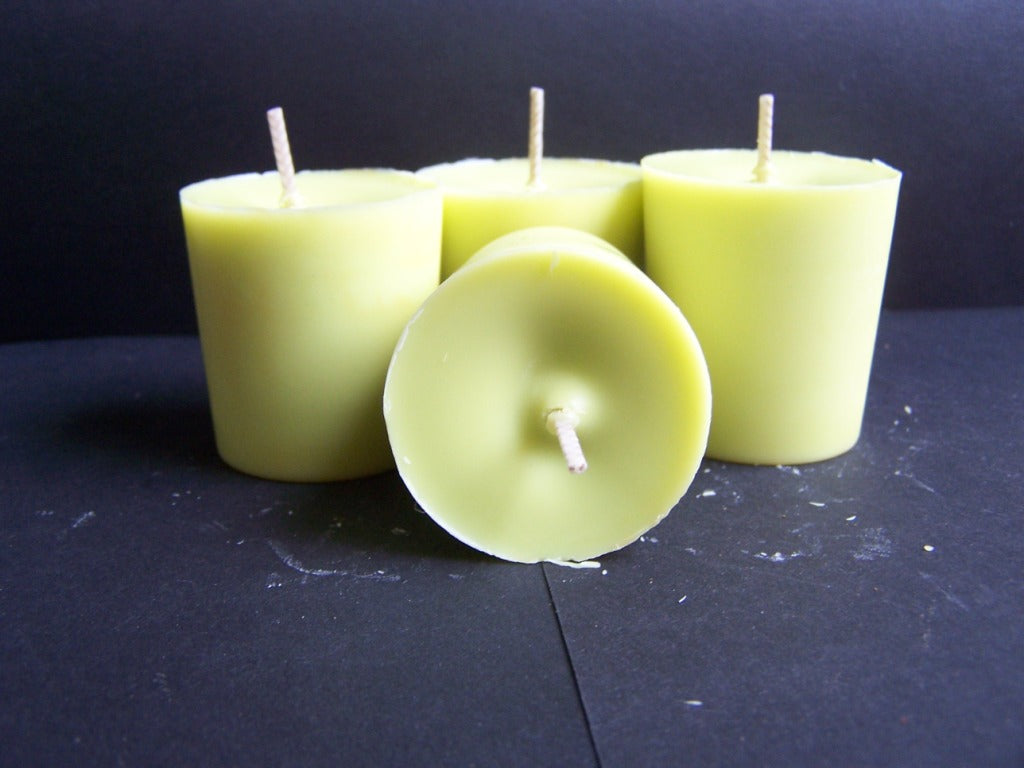Explore the Magic of Crystal Soy Candles and Home Fragrance
Explore the Magic of Crystal Soy Candles and Home Fragrance
Blog Article
From Wick to Wax: Comprehending the Chemistry Behind Soy Wax Candles and Their Environmental Influence
As we illuminate our rooms with the warm glow of candles, there exists a world of detailed chemistry behind the seemingly simple act of lighting a soy wax candle. Join us as we untangle the scientific intricacies behind soy wax candle lights and discover their implications on our environment.
Soy Wax Vs. Paraffin Wax
When comparing soy wax and paraffin wax for candle production, it is important to comprehend the distinct features and benefits of each product. Soy wax is a natural, eco-friendly source originated from soybean oil, making it environmentally friendly and eco-friendly - soy wax candles. In contrast, paraffin wax is a byproduct of petroleum refining, which increases worries concerning its ecological influence and sustainability
Soy wax candle lights burn cleaner and discharge much less residue contrasted to paraffin wax candles, making them a healthier choice for indoor air top quality. Furthermore, soy wax has a reduced melting point, permitting a longer-lasting candle that disperses fragrance a lot more successfully. Paraffin wax, on the other hand, has a tendency to burn faster and much less easily, possibly releasing unsafe chemicals right into the air.
From a sustainability perspective, soy wax is preferred for its biodegradability and renewable sourcing, straightening with the growing customer choice for eco mindful products. While paraffin wax has been a standard option in candle light making as a result of its cost and simplicity of use, the shift in the direction of environmentally friendly alternatives like soy wax is obtaining energy in the market.
Chemical Make-up of Soy Wax

Burning Refine in Soy Candles
The chemical structure of soy wax directly affects the burning process in soy candles, affecting variables such as melt time, fragrance release, and environmental influence. When a soy candle light is lit, the warm from the fire melts the wax near the wick.
The combustion effectiveness of soy candles is affected by the pureness of the soy wax and the top quality of the wick. In addition, soy wax candle lights have a reduced environmental influence contrasted to paraffin candles due to their naturally degradable and renewable nature.

Environmental Benefits of Soy Wax

Thought about a sustainable option to traditional paraffin wax, soy wax supplies remarkable environmental benefits that make it a popular selection among eco-conscious customers. One considerable advantage of soy wax is its eco-friendly sourcing. Soy wax is stemmed from soybean oil, which is mostly grown in the USA. The growing of soybeans assists support regional farmers and lowers the dependence on non-renewable nonrenewable fuel sources utilized in paraffin wax production. Additionally, soy wax is biodegradable, implying it breaks down naturally without releasing dangerous contaminants into the atmosphere. This particular makes soy wax candles a more eco-friendly option compared to paraffin wax candles, which are made from petroleum, a non-renewable source. In addition, soy wax burns cleaner and produces less soot than paraffin wax, adding to better indoor air high quality and decreasing the requirement for cleansing and maintenance. Overall, the ecological benefits of soy wax straighten with the expanding need for green and lasting items out there.
Recycling and Disposal Considerations
Reusing and correct disposal of soy wax candles play a crucial function in preserving ecological sustainability and decreasing waste in communities and homes. The first action is to ensure that the candle light has shed totally when it comes to reusing soy wax candle lights. This can be achieved by enabling the candle light to burn up until the wick is no more other useful, and after that letting the remaining wax cool and solidify. Once the wax visit site has actually solidified, it can be very carefully removed from the container.

In regards to disposal, if recycling is not an alternative, soy wax candle lights are eco-friendly and can be securely thrown away in the majority of household waste systems. Nevertheless, it is constantly recommended to get in touch with neighborhood recycling facilities or waste administration services for certain guidelines on candle disposal to ensure proper handling and environmental management.
Verdict
In final thought, the chemistry behind soy wax candle lights reveals their environmental benefits over paraffin wax candle lights. Soy wax, derived from soybean oil, burns cleaner and creates much less soot when compared to paraffin wax.
When comparing soy wax and paraffin wax for candle light making, it is crucial to understand the distinctive characteristics and benefits of each product (soy candles).Soy wax candle lights melt cleaner and release much less soot compared to paraffin wax candle lights, making them a healthier option for interior air quality.Taken into consideration a lasting option to conventional paraffin wax, soy wax offers noteworthy environmental benefits that make it a preferred selection among eco-conscious customers. Soy wax burns cleaner and generates much less residue than paraffin wax, contributing to better interior air quality and lowering the requirement for cleaning and upkeep.In verdict, the chemistry behind soy wax candles reveals their ecological advantages over paraffin find out here now wax candle lights
Report this page